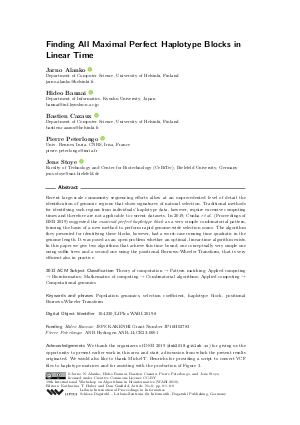LIPIcs.WABI.2019.8.pdf
- Filesize: 434 kB
- 9 pages

 Creative Commons Attribution 3.0 Unported license
Creative Commons Attribution 3.0 Unported license





Feedback for Dagstuhl Publishing